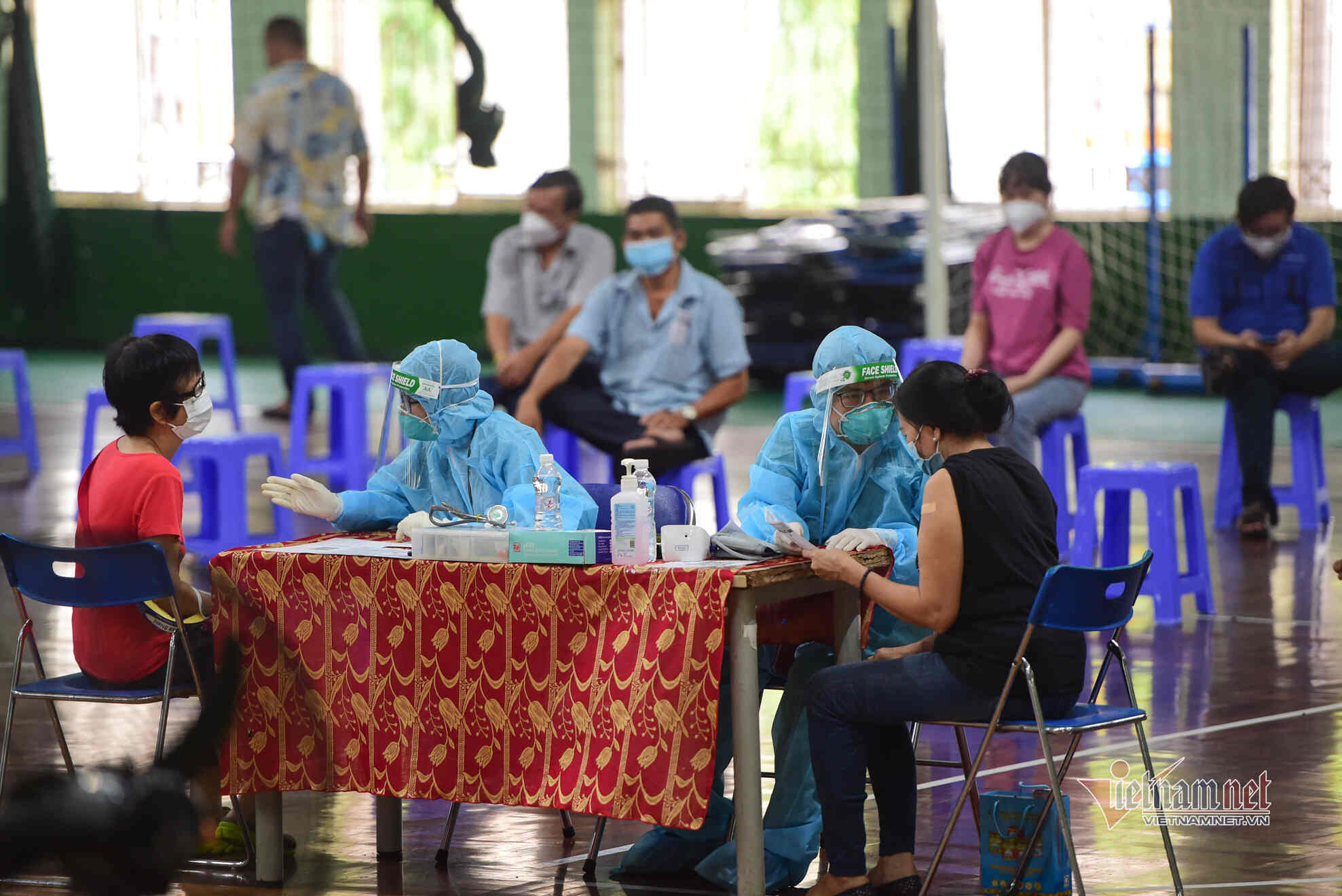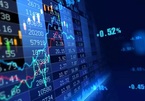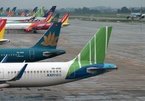
Vaccination pace will determine economic recovery level
Pham The Anh, an economist, said the uneven vaccine coverage among countries will lead to a difference in economic growth in the next decade.
The second quarter of the year witnessed some bright spots in the global economy thanks to the strong recovery of large economies such as the US and China.
The recovery, including the US, UK, France and Germany, depends on the vaccination rate. In the US and UK, 60 percent of the population has been vaccinated.
Hot issues
The growth index in Vietnam still doesn’t fully reflect future difficulties. The economy is facing stagnation in trade exchange and investment.
The consumer price index (CPI) in H1 increased by 1.47 percent compared with the same period last year, the lowest increase since 2016, which shows a decrease in demand.
The problem, according to The Anh, is that Vietnam is lagging behind in vaccination pace, with the vaccination rate lower than in many other countries. This poses great challenges to Vietnam’s plan to obtain a high growth rate in H2.
“The future of the economy depends on a clear and effective vaccination strategy from now,” he warned.
The growth rate will also be affected by pandemic prevention and control.
Vietnam gained initial achievements in fighting the pandemic over the last year but it still cannot anticipate all the adverse effects of the pandemic.
HCM City is facing difficulties, including a lack of ventilators, medical equipment, and hospital overloading. How will other localities do if they have weaker resources?
Meanwhile, many localities have decided to apply extreme measures to fight the pandemic, which may cause the disruption of goods production and distribution.
Quang Ninh province said that people won’t be able to enter the province if they don’t have negative PCR testing results, including those who have had two vaccine shots.
Container trucks are queueing up in congestion to enter Hai Phong. And people ate squeezing through crowds waiting for their turn to make health declarations at checkpoints at gateways to cities/provinces.
Nguyen Khac Quoc Bao, Finance Dean of the HCM City Economics University, agreed that economic development in H2 depends on the vaccination program progress.
He said that after pandemic outbreaks and social distancing campaigns, people’s and businesses’ savings are getting exhausted. Businesses are tired and the stock market has fluctuated with risks. These are issues of great concern.
Covid-19, which reappeared in early May, plus measures applied to control the pandemic, have caused disruption to supply chains. This led to the downward trend in PMI in H2, staying at 44.1 points in June.
The Vietnam Institute for Economic & Policy Research (VEPR) has lowered the GDP growth rate forecast compared with previous reports.
Three scenarios
With the basic scenario, the pandemic would be controlled by the end of the third quarter. Immunization is implemented quickly and Vietnam obtains herd immunity by Q2 2022 and the macro economy is kept stable. The GDP growth rate would be 4.5-5.1 percent.
With a best case scenario, the pandemic is contained in August, the vaccination is accelerated and herd immunity is obtained by Q1 2022. If so, the GDP growth rate would be 5.4-6.1 percent.
With a worst case scenario, the pandemic is not controlled and economic activities do not return to normal by Q4. The vaccination program goes slowly because of short supply. The policies on supporting people and businesses, and restructuring and digital transformation are accelerated, but services, trade and FDI attraction recover slowly. If so, the GDP growth rate would be 3.5-4 percent only.
VEPR recommendations
First, Vietnam needs an overall and consistent strategy to deal with epidemic situations. Inadequacies related to cross-infection in isolation areas, medical declarations, disruptions in goods circulation due to extreme measures, and the lack of medical equipment need to be solved quickly.
Second, the Government and ministries need to urgently disburse the support packages for workers losing jobs, especially informal workers.
Third, fiscal policy needs to focus on speeding up the disbursement of infrastructure projects at the national level, which would serve as the foundation for the post-pandemic recovery period. As for monetary policy, money supply increase needs to be controlled at a reasonable level of 10 percent and measures to control risks need to be implemented at a moderate level.
Lan Anh

The 21-year journey of the US$230 billion stock exchange
The Ho Chi Minh City Stock Exchange (HOSE) has made a long progress in 21 years of operation and a breakthrough in the past two years.

Vietnam Airlines incurs huge overdue debt of VND13.3 trillion
The total overdue debt incurred by Vietnam Airlines (VNA) has reached VND11.338 trillion. The airline still cannot pay for aircraft leasing, fuel, engine repair and flight services to its foreign partners.